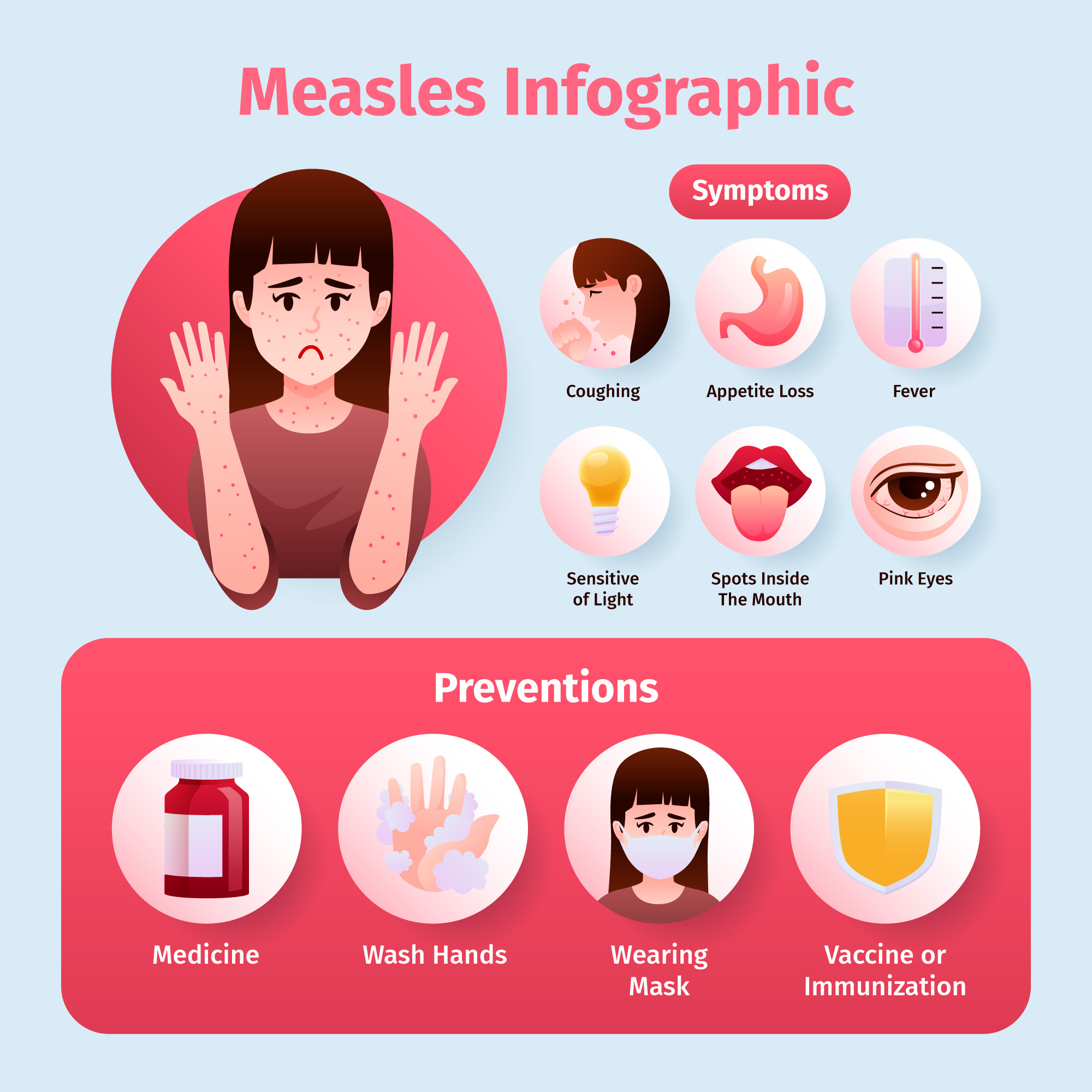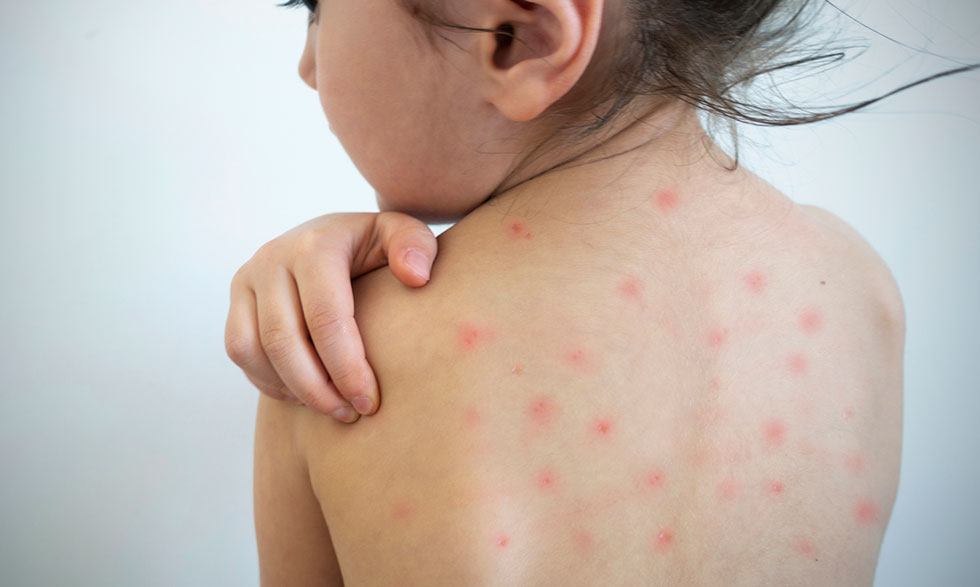Researchers indicate that the global count of measles cases surged nearly twofold from 2022 to 2023, posing a significant hurdle to the attainment and sustenance of elimination status across numerous countries.
According to Dr. Patrick O’Connor from the World Health Organization, there were 171,153 cases globally in 2022. However, provisional data for 2023 reveals a staggering increase to 321,582 cases, with more than 94,000 cases reported so far in 2024, although the actual figure is likely much higher.
Nearly half of the cases in 2024 have been recorded in WHO’s European Region, with Azerbaijan, Kyrgyzstan, and Yemen experiencing the highest incidence rates.
The US Centers for Disease Control and Prevention (CDC) have reported 128 measles cases across 20 jurisdictions this year. This figure marks the highest number of cases since 2019.
Although measles was declared eliminated in the US in 2000, indicating no domestic spread of the disease with new cases solely arising from overseas transmission, the recent surge in measles cases poses a significant risk to maintaining this elimination status, states the CDC.
Measles, being highly contagious and transmitted through the air, poses severe health risks and even fatalities, particularly among young children and individuals who have not been vaccinated.
Symptoms of Measles
Common symptoms of measles include fever, cough, runny nose, watery eyes, and a distinctive rash of red spots.
According to the CDC, approximately 1 in 5 unvaccinated individuals in the US who contract measles will require hospitalization. Additionally, about 1 in every 20 children with measles may develop pneumonia, while others may experience a dangerous swelling in the brain known as encephalitis. Tragically, up to 3 of every 1,000 children infected with measles may succumb to respiratory and neurological complications.
Measles can also result in “immune amnesia,” a condition that heightens the risk of other infections for weeks to years.
Measles Vaccination
Dr. O’Connor revealed that measles vaccination has prevented an estimated 57 million deaths between 2000 and 2022.
In the US, the CDC recommends that children receive the first dose of the measles, mumps, and rubella (MMR) vaccine between 12 and 15 months of age, with a second dose administered between 4 and 6 years of age.
The vaccine is widely accepted as highly effective. A single dose offers 90%-93% protection against measles, while two doses provide 95%-97% protection. Although vaccinated individuals can still contract the illness, such cases are rare, and the infection tends to be milder.
In the US, achieving a vaccination rate of 90-95% is the target goal. However, in recent years, coverage among kindergarteners has fallen below this threshold. During the 2022-23 school year, around 92%-93% of kindergarteners in the US had completed their MMR vaccine series, leaving approximately 0.25 million children at risk.

In a recent meeting, Dr. O’Connor described measles as “a crisis among many crises,” noting that approximately above 43% of outbreaks occur in conflict-affected and under developing countries.
He emphasized the progress made over the past two decades towards achieving measles and rubella elimination. However, he stressed the importance of maintaining and solidifying these gains by ensuring high, uniform, and equitable routine immunization coverage, along with robust outreach efforts and rapid outbreak response.




